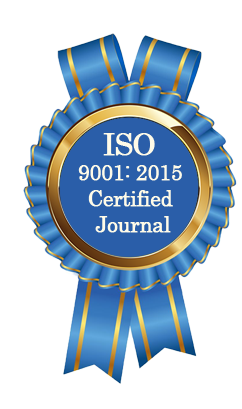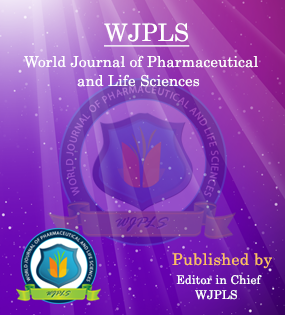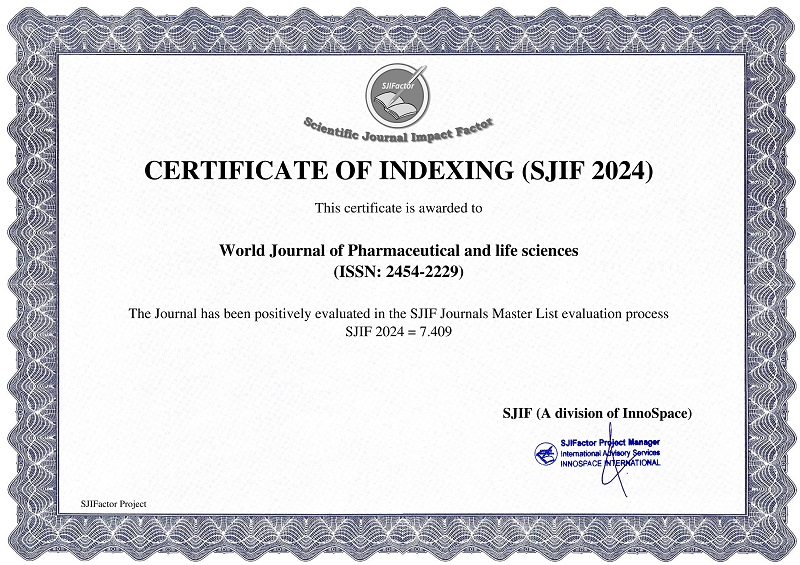Abstract
RAISED BODY MASS INDEX (BMI) IN CASES OF ACUTE MYOCARDIAL INFARCTION
Misbah Naeem*, Ifrah Mumtaz, Sana Aslam
ABSTRACT
Objective: To determine the frequency of raised BMI in patients presenting with myocardial infarction. Material and methods. This was a cross sectional study that was conducted at Cardiology Department of Mayo Hospital, Lahore during July 2018 to December 2018 in which 300 cases of acute myocardial infarction (Diagnosed with ECG changes with raised Troponin T levels) were included. Socio demographic data like age, gender, BMI and relevant clinical data i.e. DM, HTN and type of MI (STEMI or NSTEMI) were taken. Raised BMI was labelled when it was more than 25 kg/m.[2] Results; In this study there were total 300 cases out of which 180 (60%) were males and 120 (40%) females with mean age of 55.17±4.77 years. There were 64 (32%) cases with DM and 120 (40%) with HTN while 216 (70%) had ST elevation MI. Raised BMI was seen in 120 (40%) of cases. This was significantly high in females where it affected 72 (60%) of cases as compared to 48 (26.67%) males with p= 0.01. This was more common in age group of 35 to 50 years (p=0.68). Raised BMI was common with DM but had equal distribution in cases with or without HTN. There was almost equal distribution of raised BMI in cases of both STEMI and NSTEMI with p= 0.98. Conclusion; Raised BMI is an independent risk factor in cases of acute coronary syndrome. It is significantly high in number in female cases.
[Full Text Article] [Download Certificate]WJPLS CITATION 
| All | Since 2020 | |
| Citation | 590 | 424 |
| h-index | 12 | 10 |
| i10-index | 17 | 14 |
INDEXING
NEWS & UPDATION
BEST ARTICLE AWARDS
World Journal of Pharmaceutical and life sciences is giving Best Article Award in every Issue for Best Article and Issue Certificate of Appreciation to the Authors to promote research activity of scholar.
Best Article of current issue
Download Article : Click here





